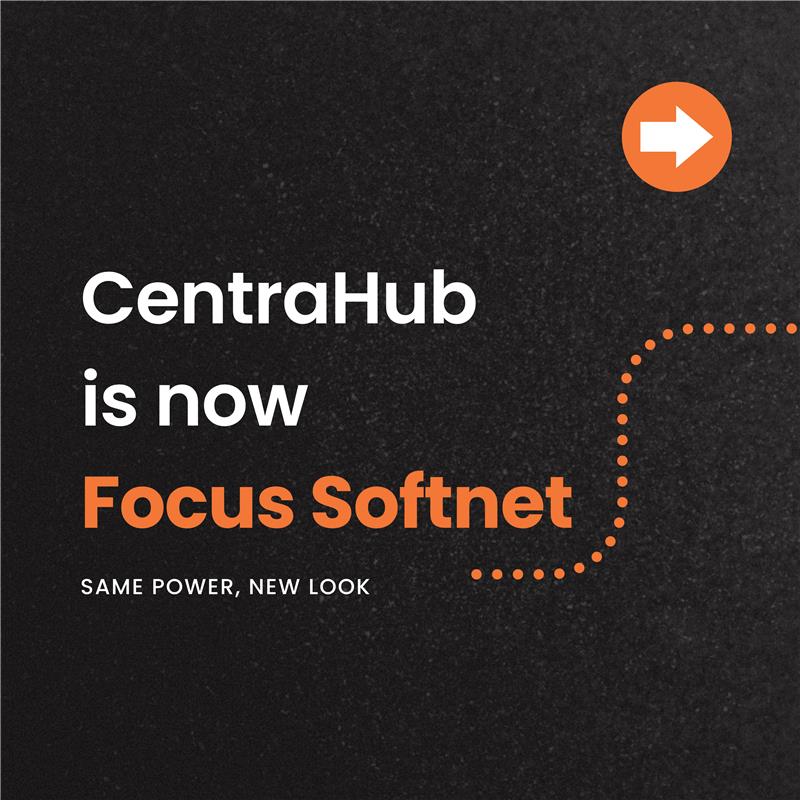

The success of any organization lies in its ability to make informed and strategic decisions, especially when it comes to managing its human resources. One tool that has revolutionized the way how HR made decisions is predictive HR analytics. By harnessing the power of data and advanced analytics, the system empowers organizations to anticipate future trends, make accurate forecasts, and optimize their HR strategies.
This blog explores the transformative impact of predictive HR analytics and delves into its various applications, enabling businesses to make proactive and data-driven decisions that drive organizational growth and success.
Predictive HR analytics involves leveraging historical and real-time data to identify patterns, trends, and relationships that can be used to make predictions and informed decisions about HR-related matters. By applying statistical algorithms and predictive modeling techniques to HR data, organizations can gain valuable insights into employee behavior, performance, engagement, retention, and other crucial HR metrics.
Predictive analytics empowers HR professionals to enhance strategic HR planning by providing accurate forecasts and insights into future workforce needs. By analyzing historical data and trends, organizations can anticipate staffing requirements, identify skill gaps, and develop proactive talent acquisition and development strategies. This enables HR departments to align their efforts with the overall business objectives and ensure a steady supply of skilled talent.
Predictive HR analytics plays a vital role in optimizing the recruitment and selection process. By analyzing data from successful hires and correlating it with various attributes, organizations can develop predictive models to identify candidates with a higher likelihood of success. This helps HR departments streamline the recruitment process, reduce time-to-hire, and improve the quality of new hires.
Decision-making in HR done on the basis of predictive analytics can significantly impact employee engagement and retention. By identifying key factors that influence engagement and retention, such as job satisfaction, career development opportunities, and work-life balance, organizations can proactively address these areas and implement targeted interventions. This results in improved employee satisfaction, higher retention rates, and a more engaged workforce.
Predictive HR analytics enables organizations to drive performance and productivity by identifying factors that impact employee performance and developing strategies to optimize them. By analyzing data related to performance metrics, training effectiveness, and individual attributes, HR professionals can identify patterns and trends that contribute to high-performance levels. This allows them to design targeted development plans, optimize training programs, and foster a culture of continuous improvement.
Predictive analytics helps HR departments identify and mitigate potential risks and challenges. By analyzing historical data and patterns, organizations can predict issues such as high turnover rates, absenteeism, or potential compliance violations. This empowers HR professionals to implement proactive measures to mitigate these risks, such as targeted retention programs, wellness initiatives, or compliance training.
Predictive HR analytics enables HR departments to align their strategies with the overall business goals. By analyzing data on workforce trends, skills gaps, and employee performance, organizations can develop HR strategies that directly contribute to the achievement of business objectives. This alignment ensures that HR decisions are data-driven and strategic, and have a positive impact on the organization's bottom line.
Predictive analytics can play a crucial role in enhancing training and development programs. By analyzing data on employee performance, skills assessments, and training outcomes, organizations can identify skill gaps and develop targeted training programs to address those gaps. Predictive HR analytics can also help determine the most effective delivery methods, content, and timing of training initiatives, leading to improved employee skill sets, increased knowledge retention, and better overall training outcomes.
Predictive HR analytics enables organizations to forecast future workforce trends and demographics. By analyzing historical data, external market factors, and internal workforce dynamics, organizations can anticipate changes in workforce composition, such as retirement patterns, talent shortages, or demographic shifts. This information helps HR departments proactively develop strategies for talent acquisition, succession planning, and workforce restructuring, ensuring the organization is well-prepared for future workforce challenges.
Embracing predictive analytics in HR empowers organizations to make informed, data-driven decisions that result in a more efficient, engaged, and productive workforce.
Talk to our experts to know how predictive analytics can help your HR decisions. Connect with us here.